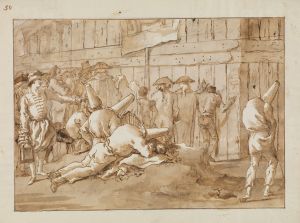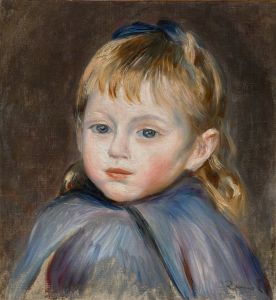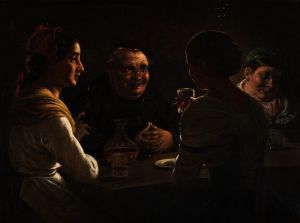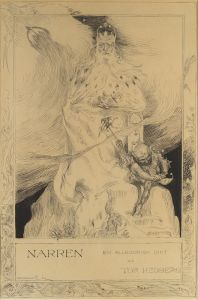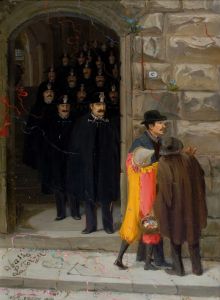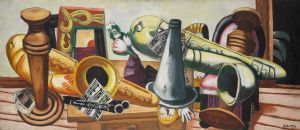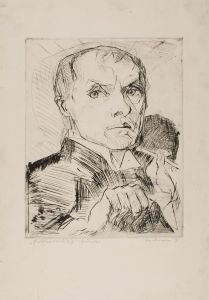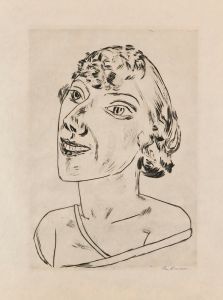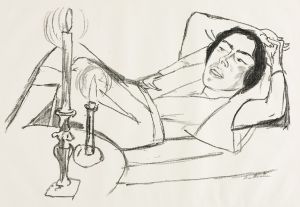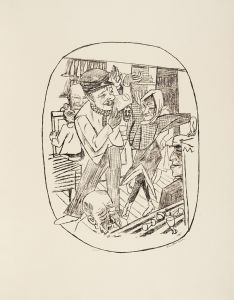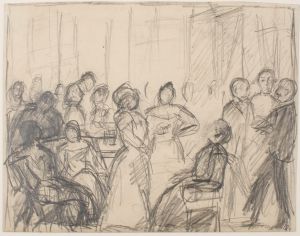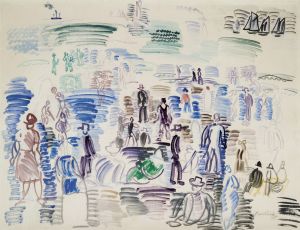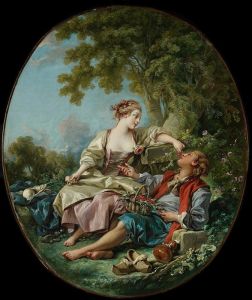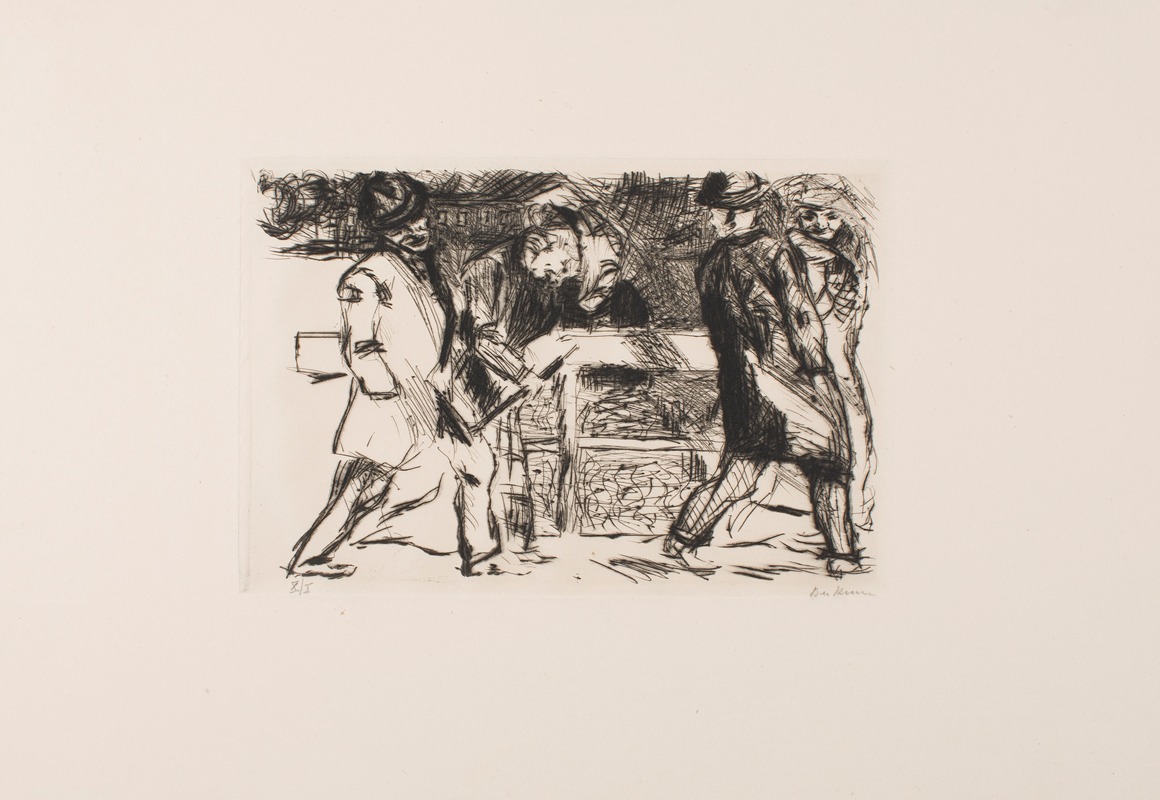
The Merry Ones
A hand-painted replica of Max Beckmann’s masterpiece The Merry Ones, meticulously crafted by professional artists to capture the true essence of the original. Each piece is created with museum-quality canvas and rare mineral pigments, carefully painted by experienced artists with delicate brushstrokes and rich, layered colors to perfectly recreate the texture of the original artwork. Unlike machine-printed reproductions, this hand-painted version brings the painting to life, infused with the artist’s emotions and skill in every stroke. Whether for personal collection or home decoration, it instantly elevates the artistic atmosphere of any space.
Max Beckmann, a prominent German painter, created "The Merry Ones" in 1944. This painting is a significant work within Beckmann's oeuvre, reflecting his distinctive style and the tumultuous period during which it was created. Beckmann is known for his expressive and often complex compositions, and "The Merry Ones" is no exception.
"The Merry Ones" was painted during a time of great personal and global upheaval. Beckmann, who was born in 1884 in Leipzig, Germany, had experienced the horrors of both World Wars. By 1944, he was living in Amsterdam, having fled Germany in 1937 after the Nazis labeled his work as "degenerate art." This period of exile profoundly influenced his work, infusing it with themes of alienation, existential reflection, and a search for meaning amidst chaos.
The painting itself is a vivid example of Beckmann's mature style, characterized by bold colors, dynamic compositions, and a complex interplay of figures. Beckmann often employed a triptych format in his later works, although "The Merry Ones" is not one of these. Instead, it presents a single, densely packed scene that invites viewers to explore its layers of meaning.
In "The Merry Ones," Beckmann uses a rich palette and strong lines to depict a group of figures engaged in what appears to be a festive gathering. However, as is typical of Beckmann's work, there is an underlying tension and ambiguity. The figures, while seemingly merry, are rendered with a sense of distortion and unease, suggesting that their joy may be superficial or masking deeper emotions. This duality is a hallmark of Beckmann's art, reflecting his interest in the complexities of human experience.
The composition of "The Merry Ones" is tightly structured, with figures overlapping and interacting in a confined space. This creates a sense of claustrophobia, perhaps mirroring the artist's own feelings of confinement and displacement during his years in exile. Beckmann's use of space and perspective often challenges traditional norms, adding to the painting's intensity and emotional impact.
Beckmann's work is often associated with the New Objectivity movement, which emerged in Germany in the 1920s as a reaction against the romanticism and abstraction of earlier art movements. However, Beckmann's style is uniquely his own, blending elements of expressionism, symbolism, and realism. His paintings frequently explore themes of identity, power, and the human condition, often through allegorical or mythological references.
"The Merry Ones" can be seen as a reflection of Beckmann's ongoing exploration of these themes. The painting's title suggests a celebration, yet the mood is far from straightforwardly joyful. This complexity invites viewers to consider the nature of happiness and the ways in which it can be influenced by external circumstances and internal conflicts.
Max Beckmann continued to paint and teach until his death in 1950. His work has had a lasting impact on the art world, influencing subsequent generations of artists and continuing to be the subject of exhibitions and scholarly study. "The Merry Ones," like much of Beckmann's work, remains a powerful testament to his artistic vision and his ability to capture the multifaceted nature of human experience.





